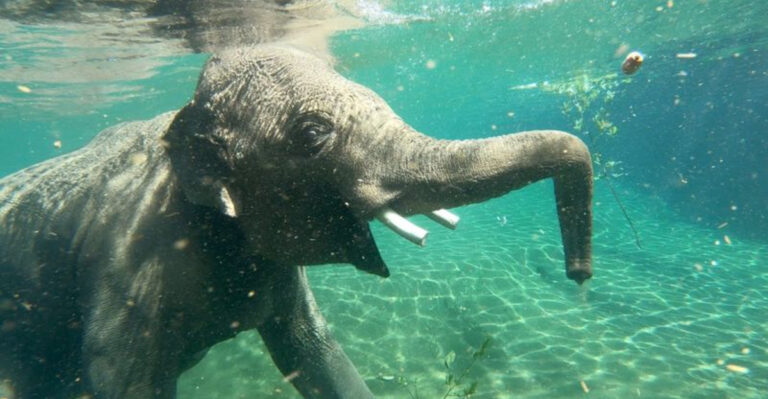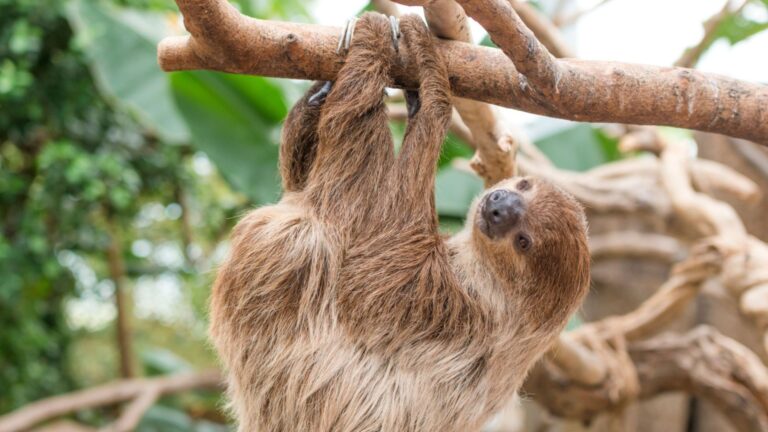The Top 13 Exotic Pets That Are Illegal In The United States
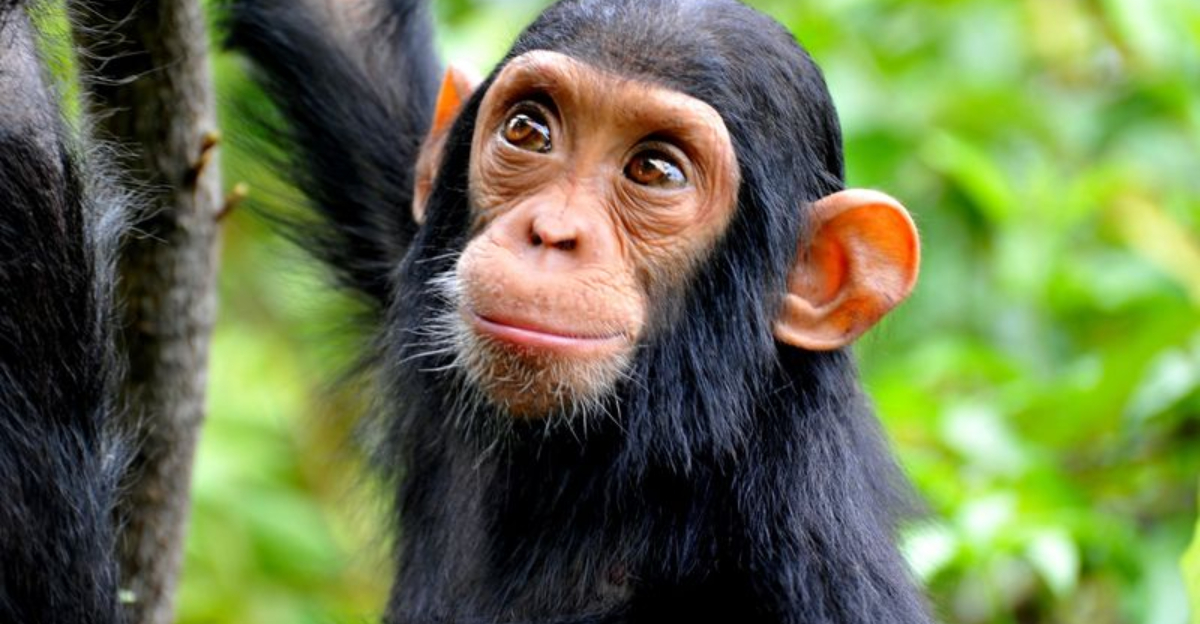
Ever dreamed of owning a pet tiger like those celebrities on social media? Think again. The United States has strict laws prohibiting ownership of certain exotic animals for good reasons.
These regulations protect both public safety and the welfare of these wild creatures who often suffer in captivity.
1. Wolves
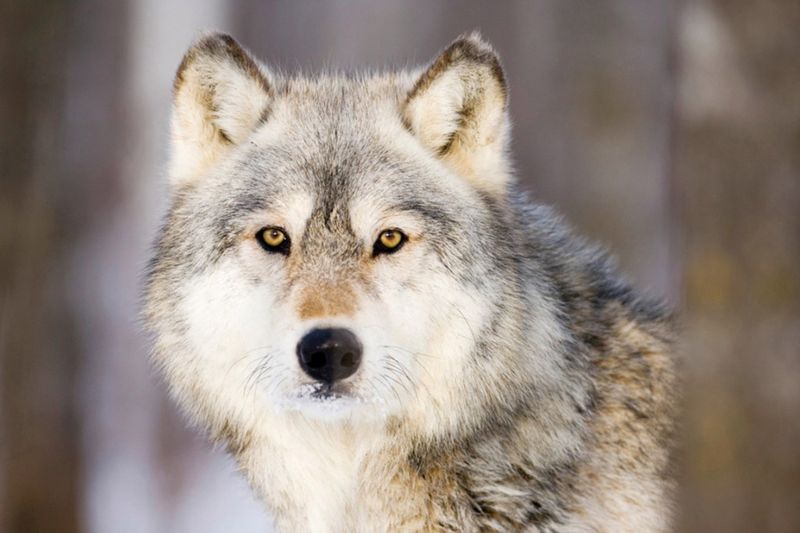
Those mesmerizing yellow eyes and haunting howls might seem appealing, but wolves remain essentially untamable. Despite sharing 99.9% of their DNA with domestic dogs, wolves retain strong predatory instincts and pack mentalities that make them dangerous companions.
Even wolf-dog hybrids pose significant challenges. These animals often experience severe anxiety in domestic settings and can become destructive or aggressive when their wild needs aren’t met.
2. Lions
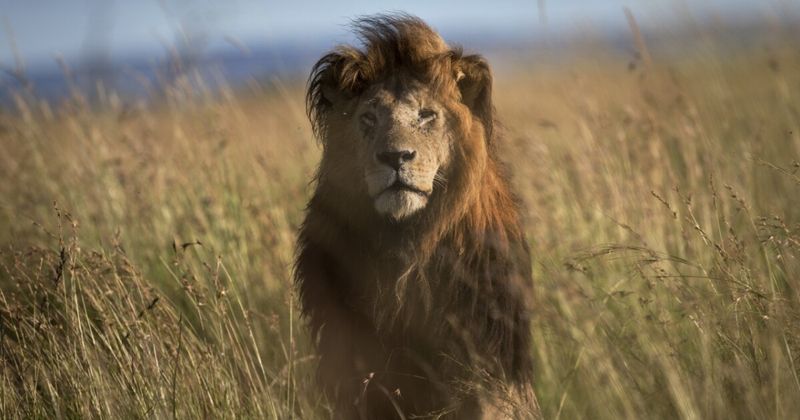
The majestic lion might rule the savanna, but it has no place in American backyards. The Big Cat Public Safety Act, passed in 2022, finally banned private ownership of these magnificent predators nationwide.
Before this legislation, several tragic incidents occurred involving captive lions. These powerful animals require vast territories and complex social structures impossible to replicate in captivity. A full-grown male can weigh over 500 pounds with jaws powerful enough to crush bones.
3. Hedgehogs
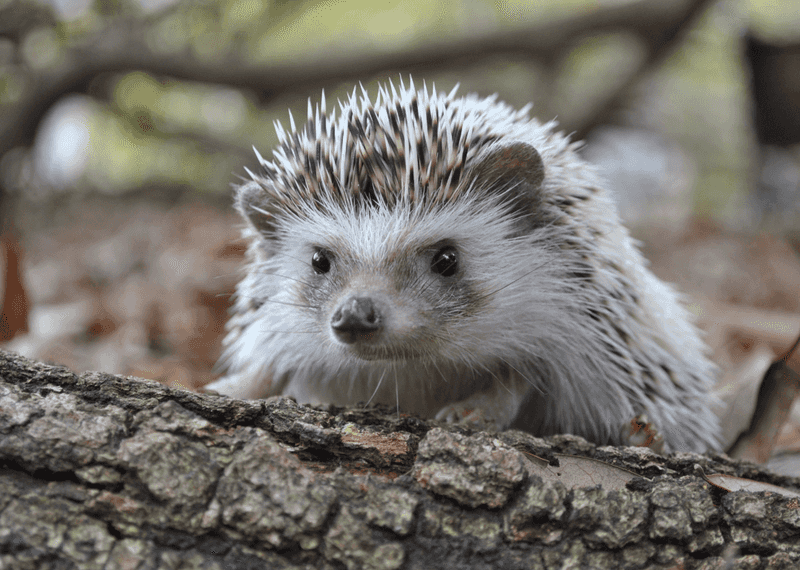
Behind those adorable button eyes and cute snuffling noises lies a surprising legal controversy. Several states including California, Hawaii, and Georgia prohibit these spiny mammals due to concerns about potential agricultural impacts.
Wildlife officials worry that escaped hedgehogs might establish wild populations and compete with native species. They’re also carriers of foot-and-mouth disease and salmonella.
Despite their popularity on social media, these nocturnal animals require specialized care many owners aren’t prepared to provide.
4. Venomous Snakes
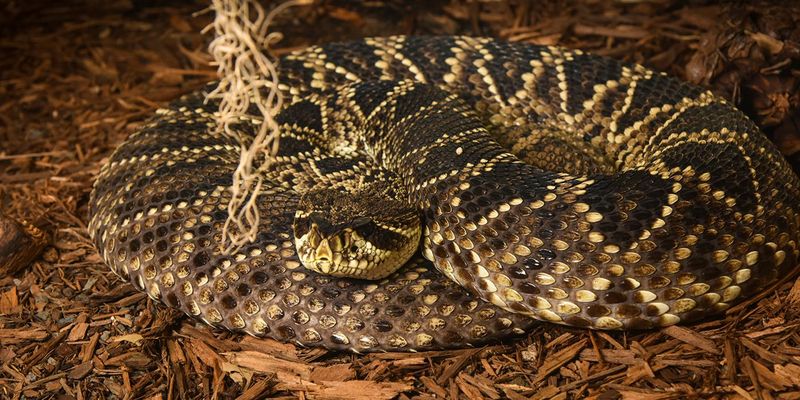
The hypnotic patterns of a cobra or the distinctive rattle of a diamondback fascinate reptile enthusiasts. However, most states strictly prohibit keeping venomous snakes without special permits.
One bite from species like the Eastern Diamondback can deliver enough venom to kill several adults. Emergency antivenom treatments cost thousands of dollars and must be administered quickly.
Even experienced handlers face risks, as these reptiles retain their wild instincts and cannot be truly tamed.
5. Quaker Parakeets
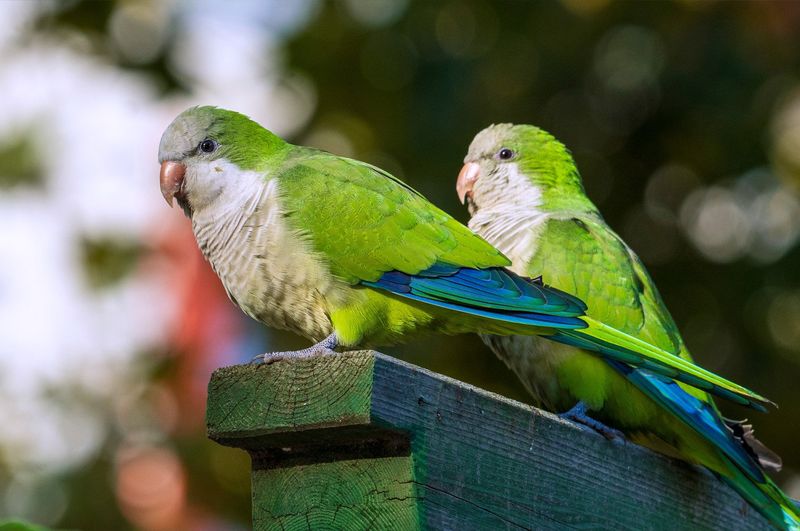
Don’t let their cheerful green plumage and charming personalities fool you. These South American natives have earned their outlaw status through remarkable adaptability and reproductive success.
Escaped Quakers build massive communal nests on power lines and transformers, causing electrical outages and fire hazards. Their agricultural impact can be significant too, as flocks devastate crops with surprising efficiency.
California, Georgia, Hawaii, and several other states maintain strict bans on these intelligent but problematic birds.
6. Primates

Those adorable baby chimpanzees in diapers grow into incredibly strong adults with unpredictable temperaments. Primates like macaques, baboons, and chimps share our DNA but not our lifestyle preferences.
When frustrated, these intelligent creatures can inflict serious injuries with their powerful jaws and surprising strength. They also carry diseases transmissible to humans including Herpes B, tuberculosis, and various parasites.
Many rescued primates suffer psychological damage from inappropriate pet keeping.
7. Bobcats
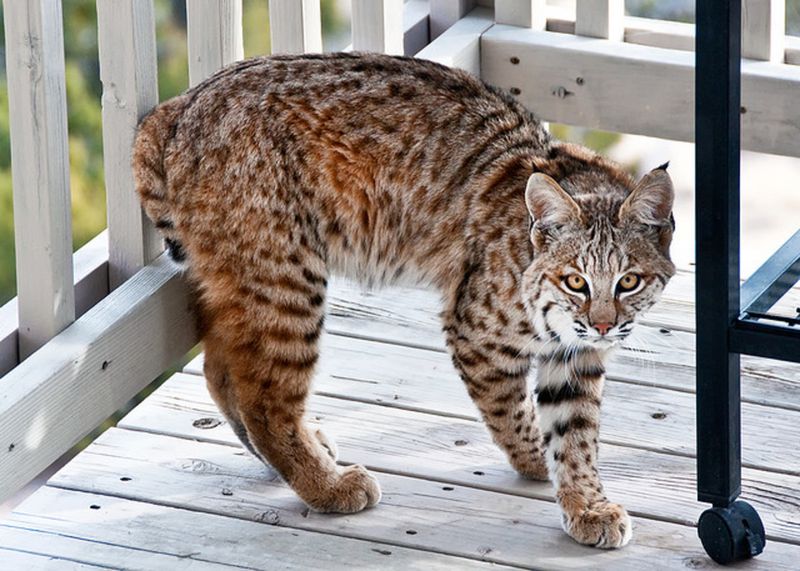
Those tufted ears and spotted coats might look similar to an oversized housecat, but bobcats retain their wild hunting instincts. These medium-sized felines can leap 12 feet in a single bound and take down prey much larger than themselves.
Even hand-raised specimens become increasingly territorial and aggressive as they mature. Their powerful jaws and retractable claws pose serious risks to owners and neighbors alike.
Most states classify bobcats as wildlife rather than potential pets.
8. Bears
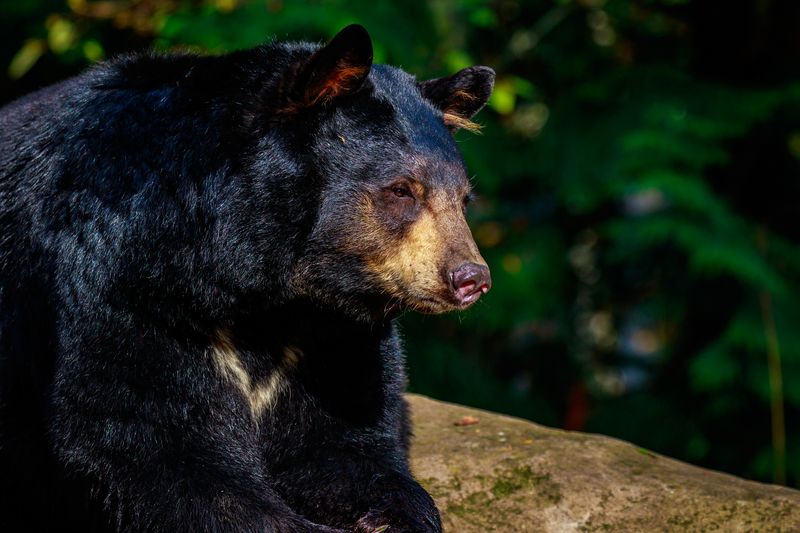
The cute cubs featured in viral videos grow into half-ton powerhouses capable of breaking into cars and buildings with ease. Bears possess remarkable intelligence combined with strength that makes containment nearly impossible.
Their dietary needs are complex and expensive. Even species like black bears consume up to 20,000 calories daily during pre-hibernation periods.
All 50 states prohibit private ownership of bears, recognizing the extreme danger these animals pose when kept in inadequate facilities.
9. Alligators
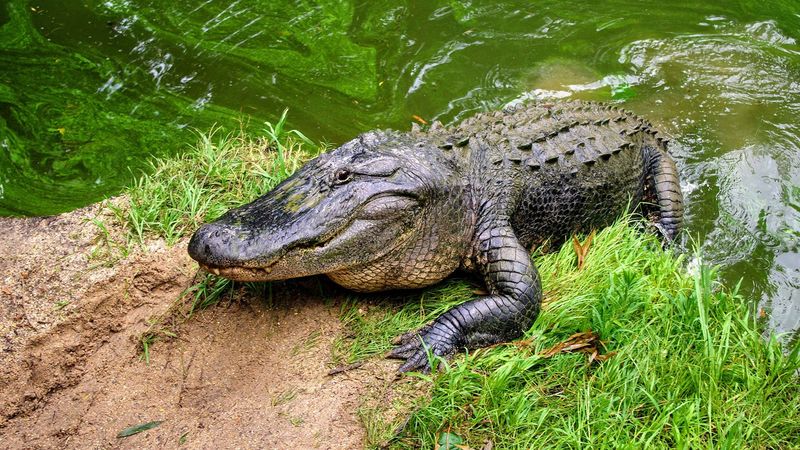
Baby alligators might fit in aquariums, but they grow approximately one foot per year for their first decade. Adult males regularly reach 13 feet and 800 pounds, with bone-crushing bite force exceeding 2,000 pounds per square inch.
These ancient reptiles cannot be trained or tamed in any meaningful way. Their primitive brains operate primarily on instinct, making them unpredictable and dangerous.
Most states prohibit private ownership, though Florida allows limited possession with proper permits.
10. Bats
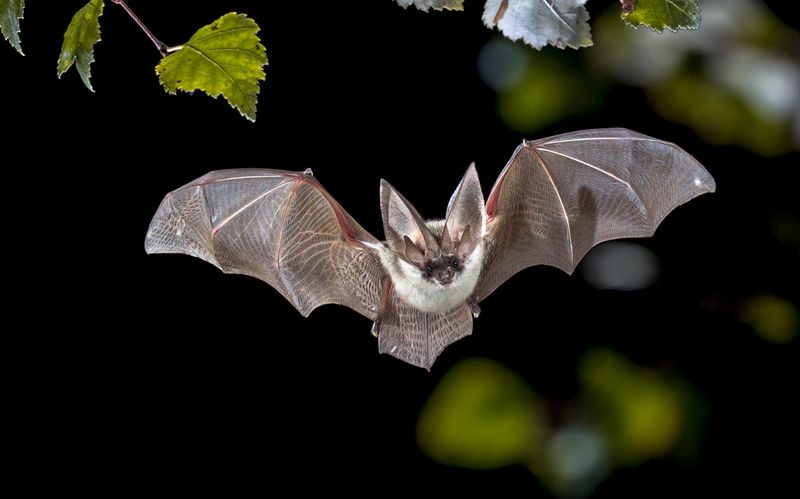
Those leathery wings and nocturnal habits have given bats an undeserved sinister reputation. In reality, these remarkable mammals provide essential ecosystem services through pollination and insect control.
Health concerns drive their prohibited status. Bats can carry rabies and other zoonotic diseases without showing symptoms. Their specialized diet of insects, nectar, or fruit is nearly impossible to replicate in captivity.
All states ban bat ownership, protecting both public health and these ecologically vital creatures.
11. Burmese Pythons

Impulse purchases of cute baby pythons have created an environmental disaster in Florida. These massive constrictors can reach 23 feet and weigh 200 pounds, outgrowing any reasonable enclosure.
Abandoned pythons established breeding populations in the Everglades, decimating native wildlife. A single female can lay 50-100 eggs annually.
Federal law now restricts interstate transport of these snakes, while many states including Florida ironically ban their possession due to their proven invasive potential.
12. Asian Arowana
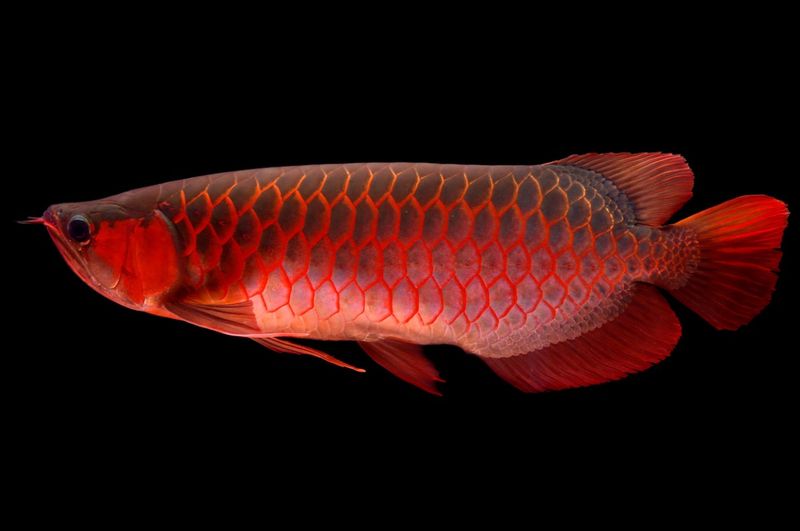
Revered as harbingers of good fortune and prosperity throughout Asia, these living jewels command astronomical prices on the black market. Specimens with vibrant red scales and perfect proportions can fetch over $300,000.
Their endangered status led to international trade restrictions under CITES. The U.S. Fish and Wildlife Service strictly prohibits their importation and ownership.
Despite breeding programs in Asia, wild populations remain threatened by habitat loss and illegal collection.
13. Green Iguanas
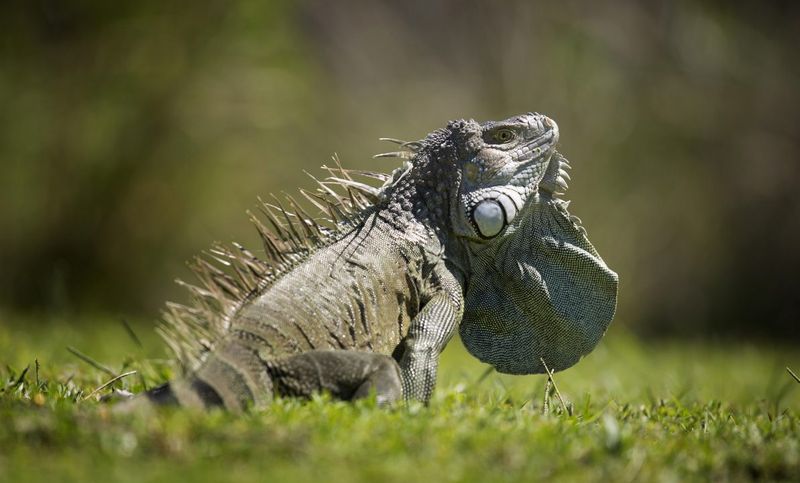
Those tiny pet-store lizards transform into six-foot prehistoric-looking creatures with impressive spikes and powerful tails. In tropical states like Florida and Hawaii, escaped or released iguanas thrive, damaging infrastructure and native ecosystems.
Their diet consists primarily of vegetation, allowing them to strip gardens and landscaping bare. During cold snaps, stunned iguanas fall from trees, creating bizarre reptile rain.
Hawaii, New York City, and other jurisdictions have banned these destructive lizards entirely.

